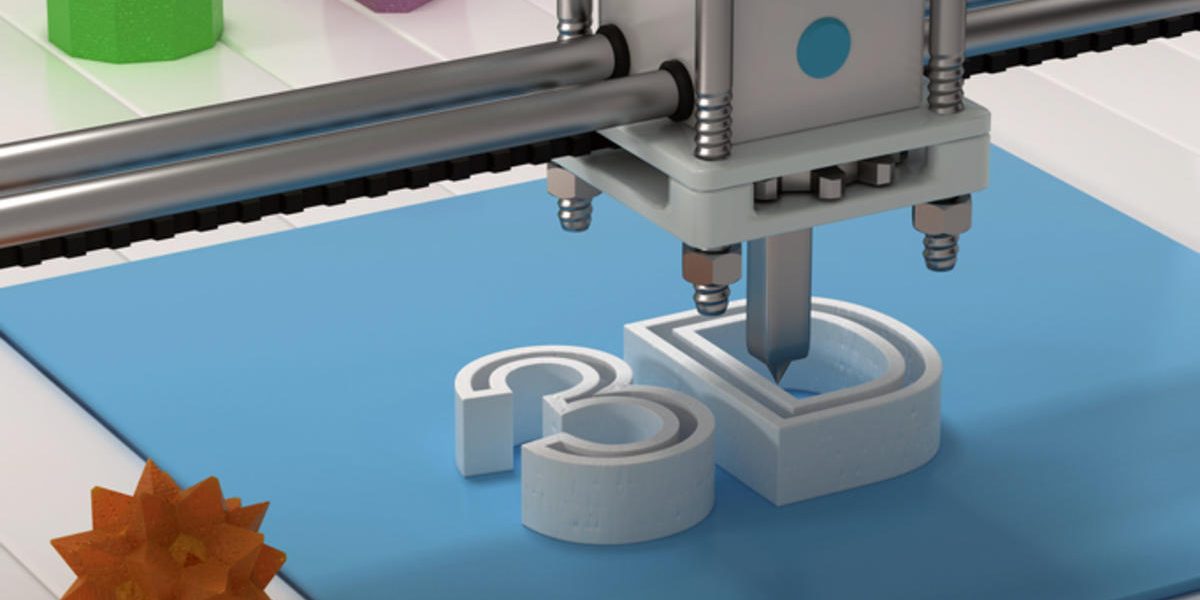The manufacturing industry has been constantly evolving and adapting to new technologies in order to improve efficiency, reduce costs, and increase productivity. One of the latest innovations to disrupt the industry is 3D printing technology. Also known as additive manufacturing, 3D printing has been a game-changer in the way products are designed, developed, and produced.
3D printing technology works by layering materials, such as plastics, metals, and composites, to create a 3-dimensional object. The process begins with the creation of a digital model of the desired object, which is then sliced into thin layers. The 3D printer then builds the object by depositing the material layer by layer, following the digital model. This process offers numerous benefits over traditional manufacturing methods such as injection molding, casting, and machining.
One of the major advantages of 3D printing technology is its flexibility. Unlike traditional manufacturing methods, which require the creation of molds or tooling, 3D printing allows for the creation of unique and complex shapes and structures that would otherwise be impossible or extremely difficult to produce. This has opened up new possibilities in product design and development, enabling companies to create innovative and functional products that were not possible before.
Another benefit of 3D printing technology is its speed and efficiency. Traditional manufacturing methods can take weeks or even months to produce a product, whereas 3D printing can produce a functional prototype in a matter of hours. This has greatly reduced the time and costs associated with product development and has allowed companies to bring their products to market faster.
Moreover, 3D printing technology has also had a significant impact on the production process. By enabling the production of complex and intricate parts on-demand, 3D printing has reduced the need for large-scale production runs and inventory management. This has resulted in lower costs, increased efficiency, and reduced waste.
In addition, 3D printing technology has also had a positive impact on sustainability. By reducing the need for large-scale production runs and waste, 3D printing has reduced the carbon footprint of the manufacturing industry. Moreover, the ability to produce on-demand has reduced the need for shipping and transportation, further reducing the environmental impact of the manufacturing process.
3D printing technology has been a revolutionary innovation in the manufacturing industry. Its flexibility, speed, efficiency, and sustainability have opened up new possibilities in product design and development, and have enabled companies to reduce costs, increase productivity, and improve the overall sustainability of their operations. As the technology continues to evolve and improve, it is expected to have an even greater impact on the manufacturing industry in the years to come.

